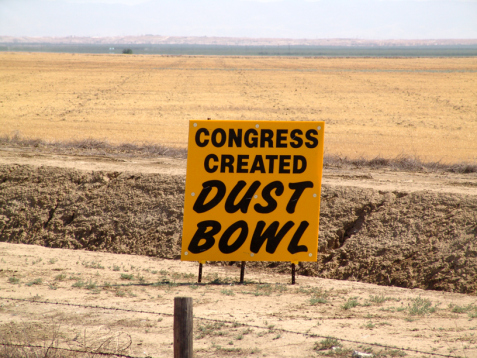
Californians Face Residential Water Rationing Next Year Following Record 2019 Snowpack
Indoor water use restrictions of 55 gallons per person, per day starting in 2020
By Katy Grimes, May 8, 2019 3:24 pm
Nearly one year ago, then-Gov. Jerry Brown signed a pair of bills creating permanent residential water rationing standards throughout the state of California. Senate Bill 606 by Sen. Bob Hertzberg (D-Los Angeles), and AB 1668 by Assemblywoman Laura Friedman (D-Glendale), impose a mandatory limit of 55 gallons per person per day on indoor water consumption beginning in 2020.
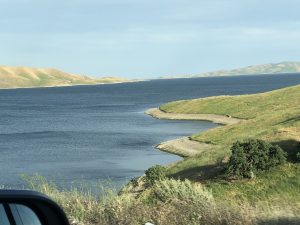
Specifically, AB 1668 established an indoor water use standard of 55 gallons per capita daily until January 1, 2025. Beginning January 1, 2025, until January 1, 2030, the indoor water use standard drops to 52.5 gallons per day, and beginning January 1, 2030, it drops again to 50 gallons per capita daily.
While South Africa, known as a “water-stressed country,” limits its citizens to a maximum of 50 gallons per day, California’s 2019 Sierra snowpack was measured at 500 inches, and is on record at 188 percent of normal.
Rather than build much needed, already approved water infrastructure projects for less than the cost of implementing AB 1668 and SB 606, California’s political class prefers to impose controls through water scarcity.
Since year 2000, California voters have approved eight water bonds totaling more than $30 billion, according the the Legislative Analyst’s Office, and approved the construction of two more dams.
Drought as Opportunity
On May 9, 2016, Gov. Jerry Brown signed an Executive Order to “make water conservation a way of life” in California, which opened the floodgates for future water rationing legislation.
The oft-repeated media canard that farmers use 80 percent of California’s water, is not true. “The statistic is manufactured by environmentalists to distract from the incredible damage their policies have caused,” according to Rep. Devin Nunes of California. “Environmentalists have manufactured the 80 percent statistic by deliberately excluding environmental diversions from their calculations. Furthermore, in many years there are additional millions of acre-feet of water that are simply flushed into the ocean due to a lack of storage capacity — a situation partly explained by environmental groups’ opposition to new water-storage projects.”
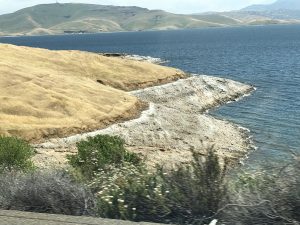
Droughts are nature’s fault; they are naturally occurring. But water shortages are the fault of government officials.
The state of California hasn’t significantly invested in water storage since the 1970s when Jerry Brown was governor the first time around. “This is an era of limits and we all had better get used to it,” Brown said upon being elected governor in 1975, embracing the “small is beautiful” way of thinking. Since then, California’s population doubled, as have environmental demands.
More than fifty-percent of the state’s water resources are allowed to flow out the San Francisco Bay to the Pacific Ocean, because of the San Joaquin River Settlement, which caused the loss of agricultural water supply by way of a lawsuit by the Natural Resources Defense Council. The lawsuit claimed that Friant Dam violated environmental laws (explained in detail in this 2006 article). The outcome allows for anywhere between 250,000 and 360,000 acre-feet of water to be specifically dedicated to fish habitat on the San Joaquin River – water that used to go to agriculture, explained Wayne Western Jr. at the San Joaquin Valley Sun.
All told, 50 percent of California’s water goes toward environmental purposes. Of the rest of the water, only about 10 percent goes to “urban” uses for homes and businesses, and 40 percent is used by agriculture. A full 50 percent of the water is used for environmental purposes.
California’s most recent drought, 2011-2016, was billed by government and media as the driest period in the state’s recorded rainfall history. However, scientists who study the Western United States’ long-term climate patterns say otherwise: California has been dry for significantly longer periods — more than 200 years at a time, and long before the industrial revolution.
In 2016, following a year of near-normal amounts of rain and snow, Gov. Jerry Brown ordered permanent urban water restrictions, including bans on hosing down driveways and using sprinklers following rain. Brown also reiterated mandatory permanent reductions in water use by cities.
While California homeowners have had to parch their lawns and replace dead shrubs and trees with rock gardens, install low-flow shower heads and toilets, just to save a few extra gallons of precious household water, the government wastes hundreds of billion of gallons of water annually, letting it rush to the ocean to assist bait fish and baby salmon — which swim there anyway. While California farmers and ranchers have had their water cut off by government, Jerry Brown doubled down on urban water restrictions and climate change policy.
This year, five Chinook adult salmon were recorded swimming upstream to spawn. “In water-starved California, that was quite an achievement, given that each salmon required 50,000 gallons of water to get the job done, coming at a price tag of $890 million at the low end and $2 billion at the high,” Monica Showalter wrote at American Thinker. “And that water came out of the hides of California’s farmers, who got very little of the water they were promised, and paid for, as a result. That’s some use of resources to get those five salmon to swim upstream.” Showalter said this came at a cost of $178 million per fish.
“Green Leftists take over California. Congratulations America you just spent $178 Million per fish and flushed millions of gallons of precious water out to the Pacific Ocean,” Tweeted Rep. Devin Nunes (R-CA).
Green Leftists take over California. Congratulations America you just spent $178 Million per fish and flushed millions of gallons of precious water out to the Pacific Ocean. https://t.co/WUWKltEIU8
— Devin Nunes (@DevinNunes) April 27, 2019
- Top 50 Disasters Gov. Gavin Newsom Has Ushered into California: 2025 Edition - December 17, 2025
- Gov. Newsom Announces Fired Former CDC Officials Will Lead New CA Public Health Exchange - December 16, 2025
- Failed State California: $18 Billion Deficit, High-Risk State Agencies, Record Out-Migration - December 16, 2025


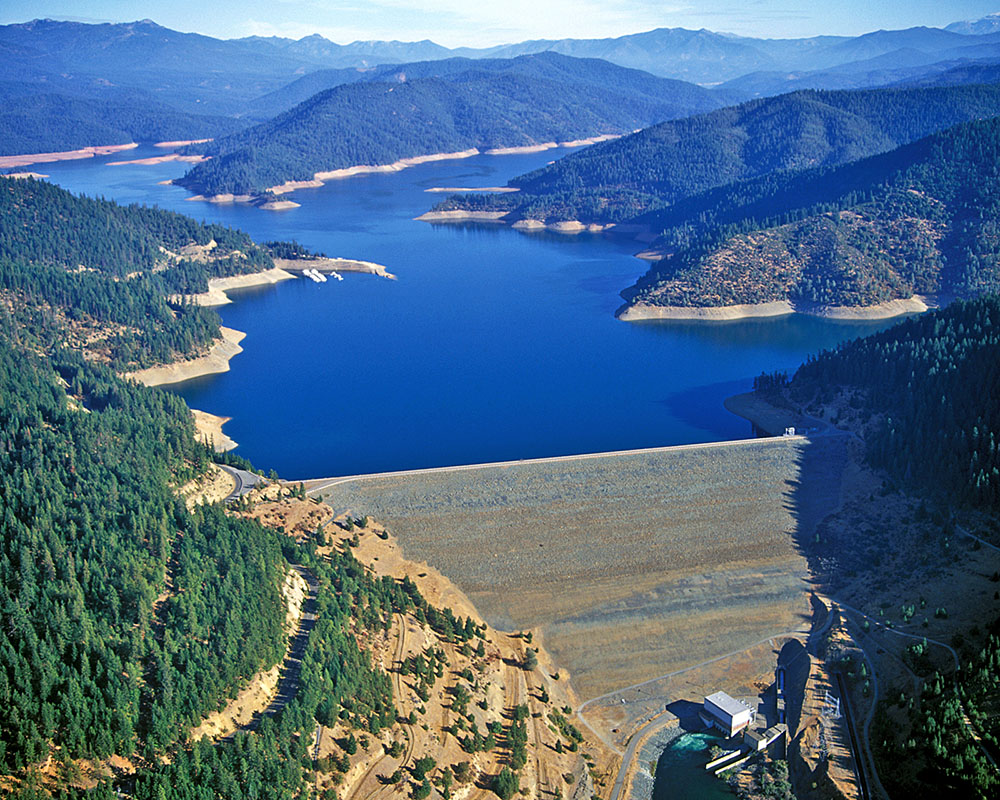
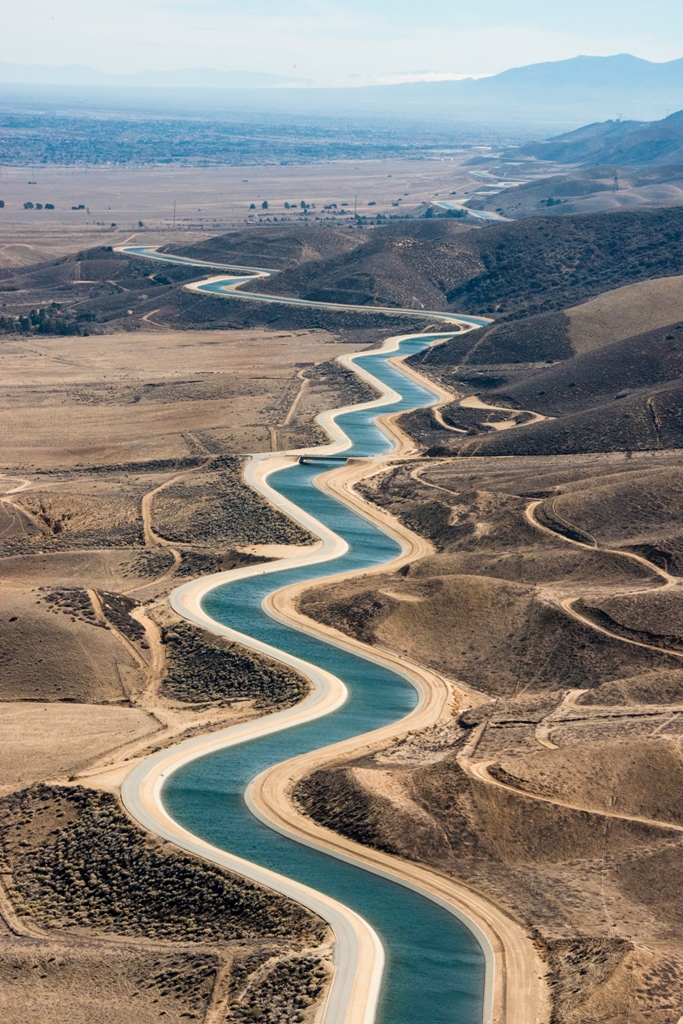
Never let a good crisis go to waste
It’s interesting how the state never has enough money, but when voters have repeatedly voted to provide them with bond funds & other dollars for the state to design & build a water system to provide us water during periods of drought, they completely ignore that money & the problem as well! I guess if it doesn’t grab them headlines today, they lose interest & pursue other things less important to the citizenry!
Highest taxes. Rat runned state. We are moving out of state like a lot of our fellow tax payers that are sick of the non sense. I hope these pos politicians that are over paid get swallowed up in the next big earthquake
Hate how we are mistreated by our politicians who seem to love power and money and not their constituents. I’m sure we could quadruple taxes and it will never be enough to do what’s right by the voters and taxpayers. We’re treated like we’re the bad people and we have known of the water drought for many, many years and it’s still not resolved. Amazing. Why not try getting big rigs to bring water from other states in some form or fashion. Truck drivers will make money and pay taxes and we’ll get water. I’m thinking of moving from CA as well as others as this is so bad. Oh, thanks, forestry department and government for having big horrendous brush fires yearly. Never clean up dead wood or trees – just let us lose lives and homes and other buildings.
If you want to find out why state, local, and federal agencies can’t or don’t remove more brush and dead fuels, I implore you to look at the restrictions NEPA and groups like the Sierra Club have put in place. They file law suits on these agencies if they try to do prescribed burns and hazard fuel reduction projects. Take it up with them if you want these projects to be completed. There is too much red tape (specially in CA).
anticipating a water shortage i Drilled a well to supplement water use on my small two acre parcel located in the local water district. The district attempted to stop my permit but was too slow on closing the door. Now i have both and when they doubled the metered rates the next year due to lack of income i was insulated from the blow. If California was serious about water conservation they would require a well meter but they do not proving big AG has hold of California and are protected. Now so am i tough luck????
Now back to Buying PGE&E stock ???? i love california follow the money????
Again; Despicable Democrats establish ruinous policies that negatively affect Californians
This is absolutely a terrible law. How many more people here will be forced into homelessness due to the punitive nature of these laws? How many will be forced to leave the state?
This article is incorrect. Please contact your local water company directly and receive specific accurate details on AB 606 & 1668.
How is the article incorrect?